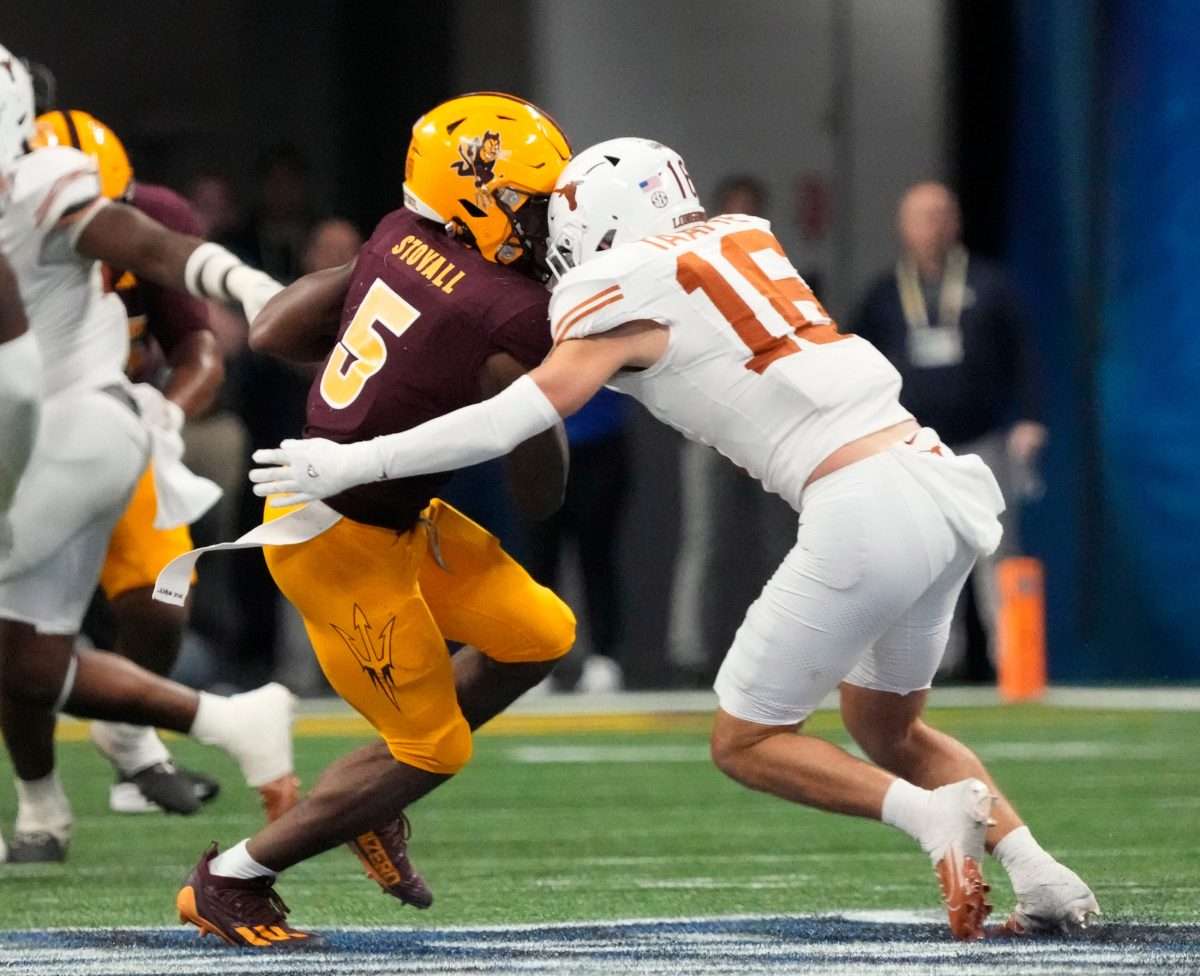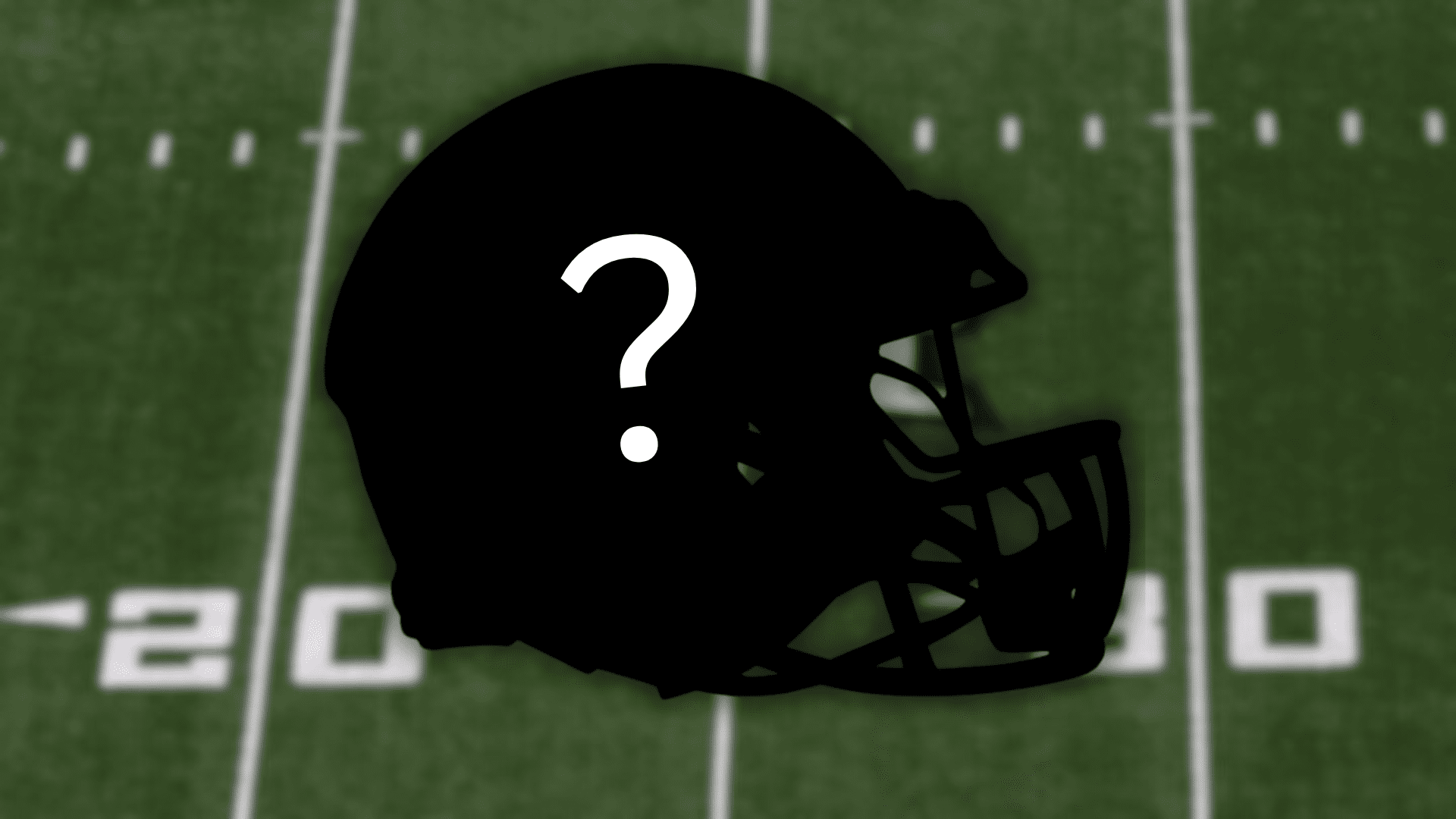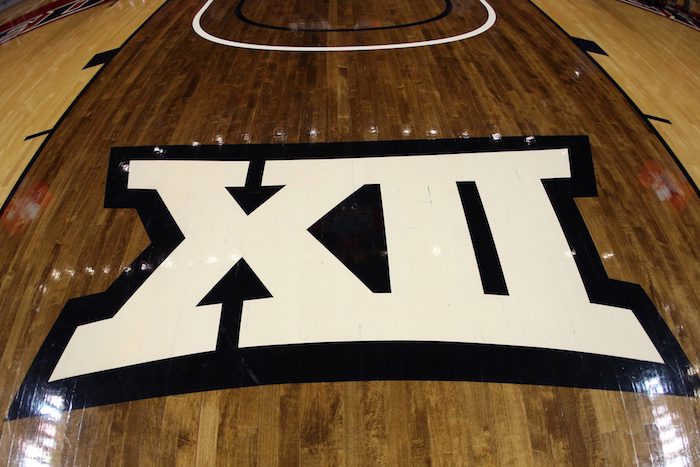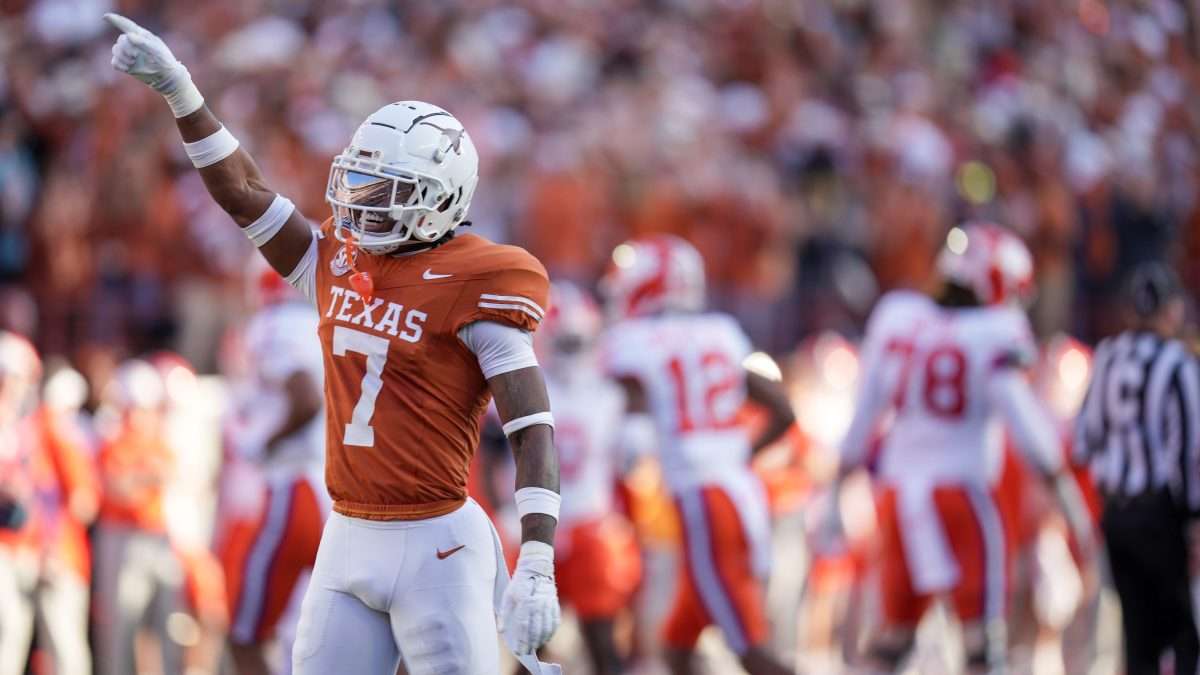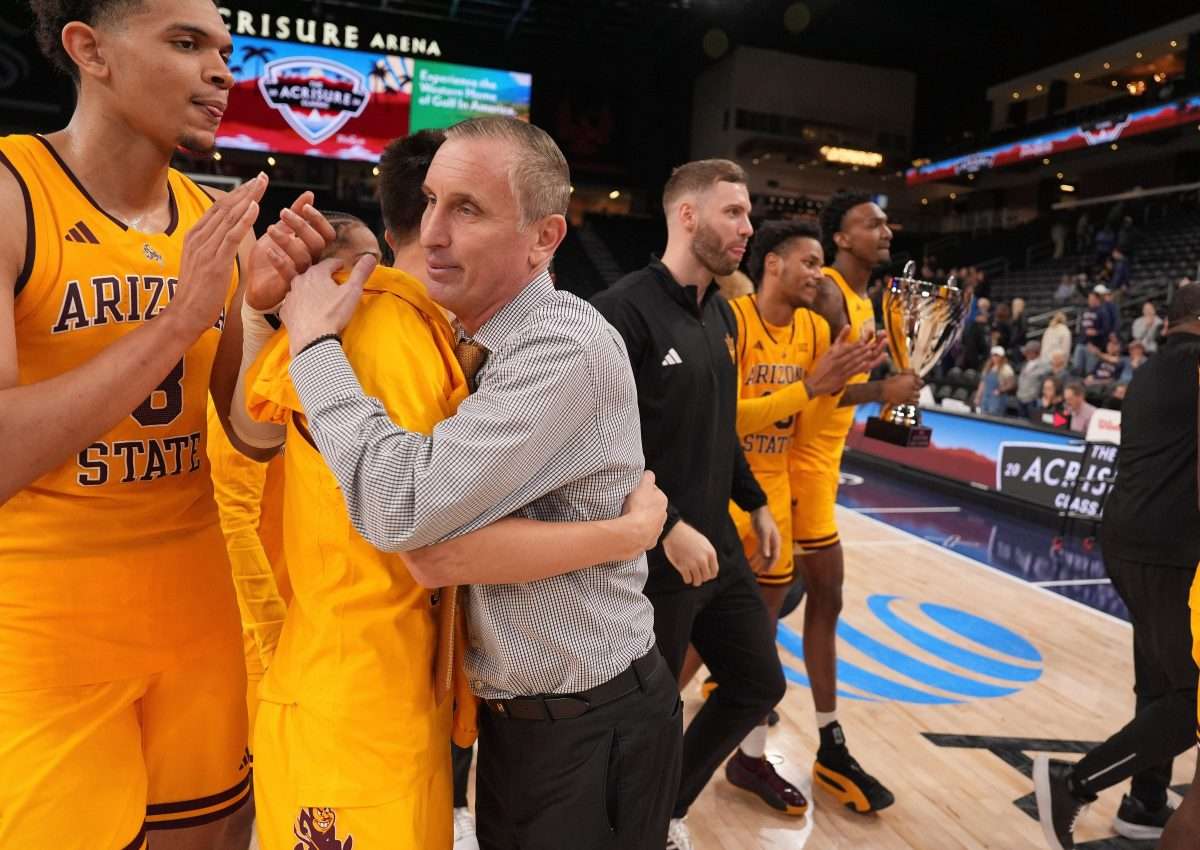The 2025 Chick-fil-A Peach Bowl was a legendary football game that will stand among the best ever played, but it will also be tarnished by one of the most controversial no-calls in sports history.
Texas’ 39-31 triumph over Arizona State came in double overtime — just the second College Football Playoff game to go that distance — but there’s an argument that this contest should’ve been decided in regulation.
After all, Arizona State was a call away from having the ball with a 1st-and-10 on the Texas 37-yard line. That’s not what happened, though, and it’s due time that it’s addressed from an unbiased perspective.
Setting the Scene
After going down 24-8 early in the fourth quarter, Arizona State had seized every ounce of momentum remaining inside Mercedes-Benz Stadium. Behind a Herculean effort from senior running back Cam Skattebo, the Sun Devils willed themselves back into the ball game after scoring touchdowns on back-to-back possessions late in the fourth.
With 5:00 left and the ball game tied at 24 apiece, Texas took over at its own 35-yard line and drove to the Arizona State 30-yard line, where Burt Auburn missed a 48-yard field goal attempt with 1:39 left.
Now, with possession and momentum on their side, the Sun Devils began their drive by picking up a first down, but stalled after a procedural penalty.
That put them behind the chains and eventually resulted in a 3rd-and-15 situation, making it an obvious passing down for ASU.
The Hit
Needing to convert in order to avoid punting back to the Longhorns, ASU quarterback Sam Leavitt connected with Melquan Stovall over the middle of the field, but he was immediately blown up by Texas safety Michael Taaffe, resulting in a gain of just nine yards.
The hit, which drew vocal reactions from fans and broadcasters alike, left Stovall dazed and spectators wondering when the penalty flag would come out. To their dismay, it never came.
Here’s a look at the play in live-action:
As the Arizona State training staff tended to Stovall, Big Ten referee Larry Smith stopped the game to review the play for possible targeting.
Matt Austin, ESPN’s rules expert for the game, noted that the play “definitely has a defenseless receiver” and that just after he catches the ball and turns, Stovall “gets hit in the head by the defender.”
“I would not be surprised if this was called targeting from the booth,” Austin concluded.
As we all know, in hindsight, it was determined that there was no call for targeting on the play, and the game would resume with Arizona State facing a 4th-and-5.
The Sun Devils would punt the ball away, and from there — despite a missed kick as time expired and facing a 4th-and-13 while trailing 31-24 in their first overtime — Texas found a way to pull it out.
So, What is Targeting?
Targeting has been one of the most controversial penalties in college football since it was implemented in 2008, but it is defined as any hit that “goes beyond making a legal tackle or a legal block or playing the ball.”
According to Rule 9 in the 2024 NCAA rule book has two actions that “targeting” can fall under:
- Making Forcible Contact With the Crown of the Helmet (Article 3)
- Making Forcible Contact to Head or Neck Area of a Defenseless Player (Article 4)
Taaffe did not use the crown of his helmet in this particular instance, so the rule in question would be specifically Rule 9, Article 4, which says this:
No player shall target and make forcible contact to the head or neck area of a defenseless opponent with the helmet, forearm, hand, fist, elbow, or shoulder. This foul requires that there be at least one indicator of targeting (See Note 1 below). When in question, it is a foul (Rules 2-27-14 and 9-6).
Note 1: “Targeting” means that a player takes aim at an opponent for purposes of attacking with forcible contact that goes beyond making a legal tackle or a legal block or playing the ball. Some indicators of targeting include but are not limited to:
- Launch. A player leaving their feet to attack an opponent by an upward and forward thrust of the body to make forcible contact in the head or neck area
- A crouch followed by an upward and forward thrust to attack with forcible contact at the head or neck area, even though one or both feet are still on the ground
- Leading with helmet, shoulder, forearm, fist, hand, or elbow to attack with forcible contact at the head or neck area
- Lowering the head before attacking by initiating forcible contact with the crown of the helmet
Note 2: Defenseless player (Rule 2-27-14). When in question, a player is defenseless. Examples of defenseless players include but are not limited to:
- A player in the act of or just after throwing a pass This includes an offensive player in a passing posture with focus downfield
- A receiver attempting to catch a forward pass or in position to receive a backward pass, or one who has completed a catch and has not had time to protect themselves or has not clearly become a ball carrier
- A kicker in the act of or just after kicking a ball, or during the kick or the return
- A kick returner attempting to catch or recover a kick, or one who has completed a catch or recovery and has not had time to protect themselves or has not clearly become a ball carrier
- A player on the ground
- A player obviously out of the play
- A player who receives a blind-side block
- A ball carrier already in the grasp of an opponent and whose forward progress has been stopped
- A quarterback any time after a change of possession
- A ball carrier who has obviously given themselves up and is sliding feet first
Was There Targeting On This Play?
According to the guidelines provided by the 2024 NCAA rule book, yes, this was a case of targeting, and here’s why.
Although Taaffe didn’t use the crown of his helmet to initiate the hit, he did make forcible helmet-to-helmet contact on a defenseless player. The emboldened notes in the text above are the guidelines that would make it necessary to call this play targeting.
Even more damning evidence that the officials got this call wrong is the final sentence in Note 1: When in question, it is a foul (Rules 2-27-14 and 9-6). So, even if there’s a question about it being a penalty, it is. With a defenseless player absolutely being involved in the play, this should’ve been called.
So, the correct call, per the rule book, should’ve resulted in Arizona State having the ball with 1st-and-10 on the Texas 37-yard line with 1:12 left on the clock, as well as Texas safety Taaffe being ejected.
Why Wasn’t It Called?
Unless somebody can get a quote out of Larry Smith or the Big Ten officiating office, we’ll likely never know why the penalty wasn’t called.
The only logical explanation — withholding the claims that officials had Texas ML, etc. — would be that the head official decided that a call of that magnitude, which wasn’t called in real-time, would negatively impact the game. In the same breath, had the penalty flag had been thrown, Smith would have a hard time overturning the original call, as he would have been directly impacting the game.
Even if that were the case, it would go against the Football Officials Manual, which is the standard that NCAA officials are held to. In Section 5 (Conduct and Ethics), the manual states that officials “shall be free of obligation to any interest other than the impartial and fair judging of sports competitions.”
If the no-call was upheld to avoid directly affecting the outcome, it was done in direct contrast to what the rule book and manual suggest.
Conclusion: It Should’ve Been Called, and It’s a Problem That it Wasn’t
Matt Austin said penalty. ESPN analysts said penalty. Gene Steratore, CBS Sports’ rules analyst and a former NFL referee, said penalty. But, it wasn’t called, and in ways we won’t ever know, it affected the game’s outcome.
If it wasn’t targeting, then Kenny Dillingham is right. How are we supposed to know what is a penalty and what isn’t?
If it wasn’t targeting, the rule book would need a serious update. The guidelines can’t tell officials to err on the side of safety and call it a penalty if in question, and then, because it’s a big call in a big game, have the officials opt not to do so.
Unfortunately, situations like we saw at the Peach Bowl leaves room for fans to assume intentionality — that the officials had something to gain from the call not happening.
It seems farfetched to suggest that targeting calls are made — or not made — situationally, but it’s hard to come up with a better explanation.
It’s becoming a popular belief that NFL and college football is rigged, but that’s not something I’m inclined to believe — at least not yet. However, It wouldn’t be the first time talking heads have found a way to benefit under the guise of “player safety.”
Look no further than the increase in media timeouts during football games. The powers that be want you to believe that those are being implemented for the well-being of players. In reality, it’s just a way for them to get more kickbacks from the sponsors, who now get more air-time for their ads during games.
The human element almost guarantees that missed calls will happen — but a call that obvious, in that moment, and with that much on the line? There’s really no explanation for it.
In short, there’s no excuse for what occurred. Objectively speaking, the targeting penalty is enforced to help promote player safety — that’s the reason for the rule’s existence.
Because the rules are in place to protect the players, there is no room for weighing the outcomes or consequences of a call — either it was legal or it wasn’t and there are nearly two decades of precedence that suggests the call should’ve been made.

